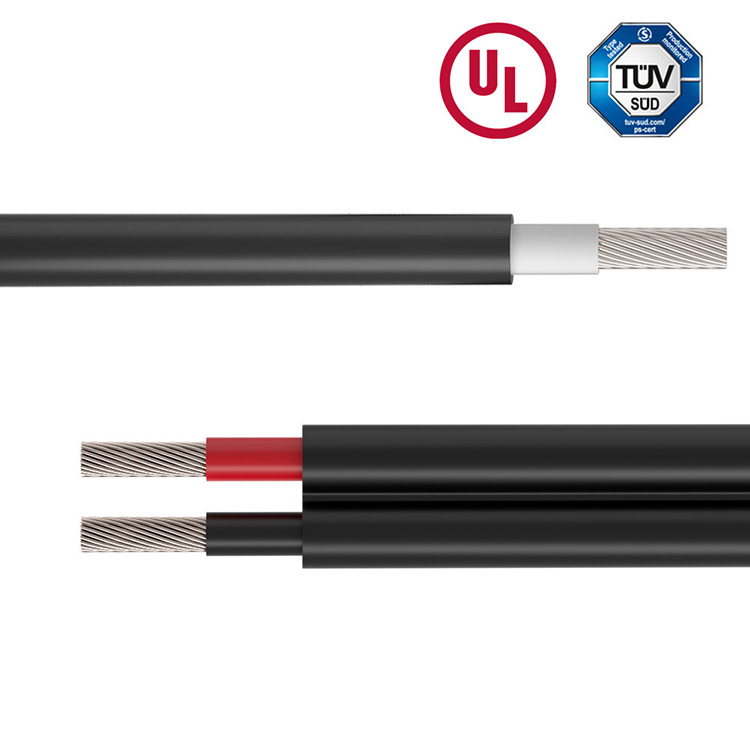 Author: Joey Wan
Author: Joey Wan  September 20,2023
September 20,2023
Solar cables are designed to withstand the harsh environmental conditions of outdoor installation. These cables are used to connect the solar modules to the inverter, which converts the direct current (DC) into alternating current (AC).
One of the key features of a good solar cable is its insulation. Solar cables are exposed to high temperatures, sunlight, and rain on a daily basis, which can lead to insulation deterioration. The insulation material used in a solar cable is generally cross-linked polyethylene (XLPE), which provides excellent resistance to high temperatures, UV radiation, and moisture. The XLPE insulation also ensures low electrical losses, which improves the efficiency of the solar system.

Solar cables are also Halogen-free, flame retardant, and low in toxicity, making them environmentally friendly and safe for human use. During a fire, Halogen-free solar cables do not emit toxic fumes and smoke, preventing harm to people and the environment. Additionally, Halogen-free cables are recyclable and environment-friendly, reducing environmental degradation.
Excellent flexibility and stripping performance are essential features of a good solar cable. The flexibility of the cable ensures easy installation and reduces installation time and cost. Stripping performance is critical for connecting the cable to the solar module and inverter. Solar cables with good stripping performance ensure efficient and error-free connections.
